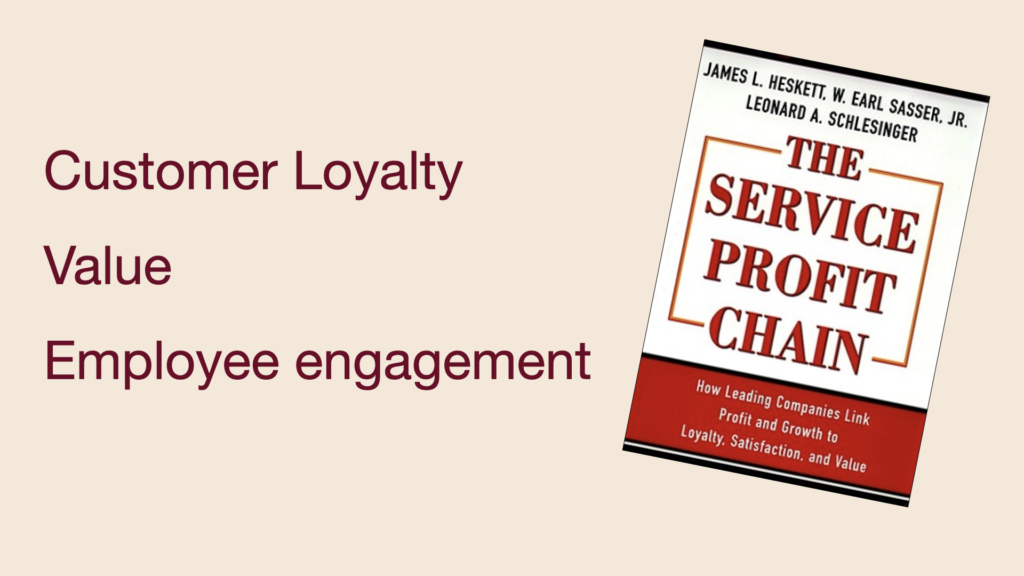The Service Profit Chain (SPC) is a management philosophy that links profitability and growth directly to customer loyalty, customer satisfaction, and employee satisfaction. [1] It differs from traditional management theory, which often focuses on inward, product-centric models, by emphasizing an outside-in, customer-centric approach. [2, 3]

Here are the key elements of the SPC and how they differ from traditional management theory:
- Customer Loyalty: The SPC identifies customer loyalty as the most critical driver of profits and growth, particularly through the “ambassador effect” where loyal customers recommend a business to others. [1, 4, 5] This contrasts with the traditional emphasis on market share as the primary profit driver. [4]
- Customer Satisfaction: The SPC stresses that mere customer satisfaction is not enough for loyalty. Instead, it highlights the importance of exceeding customer expectations and creating “enthusiasm” to foster genuine loyalty. [6, 7]
- Value Creation: The SPC emphasizes the need to understand and deliver value from the customer’s perspective. [8] It challenges the traditional “core service with peripheral offerings” model, which often leads to increased costs and a disconnect between what businesses offer and what customers truly value. [3, 9, 10]
- Employee Capability: The SPC emphasizes the need for continuous employee training and development to ensure they possess the knowledge and skills necessary to deliver exceptional customer experiences and adapt to changing customer needs. [11, 12]
- Employee Loyalty: The SPC recognizes that enthusiastic employees are essential for creating enthusiastic customers. [13] It stresses the importance of fostering employee loyalty through trust, pride in their work, and a shared sense of purpose. [14] This focus on employee well-being and motivation contrasts with traditional management approaches that may prioritize efficiency and cost-cutting over employee morale.
The SPC model encourages businesses to invest in their employees and empower them to make decisions that benefit both the customer and the company. [15, 16] This approach fosters a culture of service excellence, where employees are motivated to go above and beyond to ensure customer satisfaction. [17, 18]
As explained in my book Best!